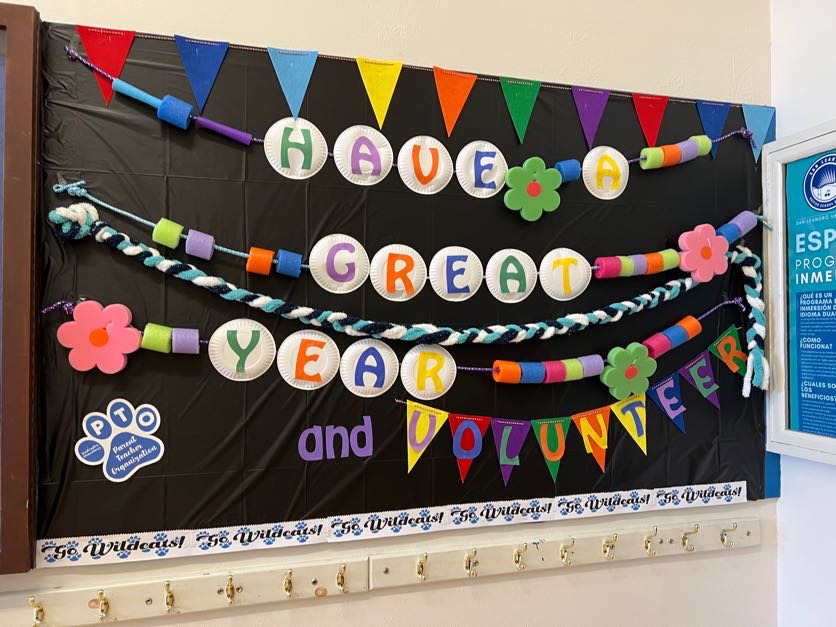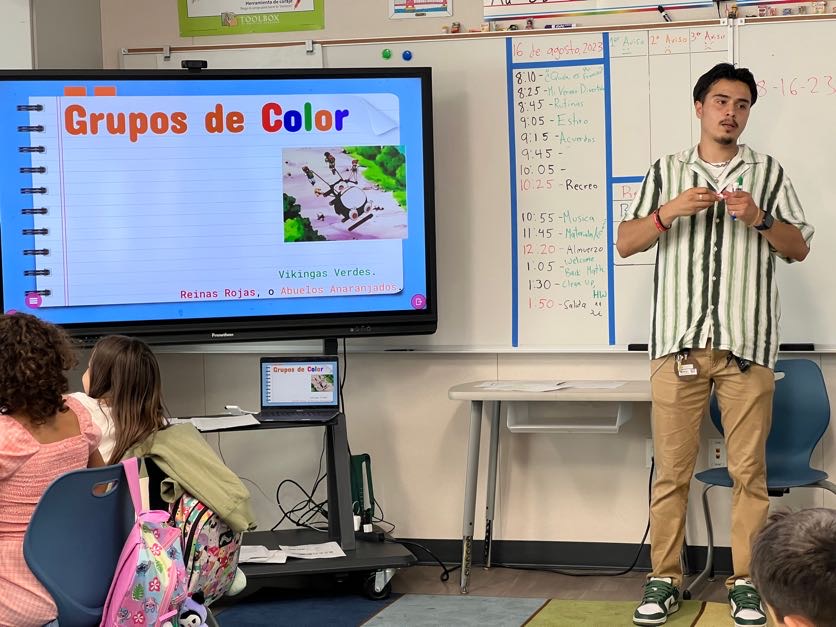-
Local Control Funding Formula and Local Control Accountability PlansFor nearly 40 years, California has relied on a system that funded K-12 school districts through general purpose funding (known as revenue limits) and more than 50 tightly defined categorical programs. Over the years, categorical programs have grown to include specialized grants, competitive opportunities, entitlements, and a combination of one-time, multi-year, and ongoing funding streams. To a large degree history, circumstances, and luck determined the level of funding a school district would receive. This lead to an environment in which funding for school districts was inequitable and where grant and specific program requirements drove spending decisions rather than student needs.
In an effort to provide a more equitable formula for distributing state funding, provide greater flexibility to local school districts, and support a student-centric performance-focused environment the State of California created the Local Control Funding Formula (LCFF).
The Local Control Accountability Plan (LCAP) is the Local Control Funding Formula’s (LCFF) vehicle for transparency and engagement. In short, it is the accountability component of the LCFF. LCAPs will be the primary means through which school districts are expected to share performance data, needs, actions, and anticipated outcomes that will guide the use of available LCFF funding.
Beginning in 2014-15, each school district is responsible to create a three-year LCAP which is aligned to the district budget. Under LCFF, it is expected that local districts develop and fund plans with the needs of students in mind. There must be an explicit and transparent connection between the LCAP and budgetary expenditures. Districts will use the LCAP to describe annual goals for all students including calling out details for low-income, English learners, and foster youth that address state and local priorities. The LCAP must also describe the specific actions that the LEA will take to achieve the goals it has identified with budget details that show the level and type of state expenditures made to support these actions. In addition, there is an expectation that parent and community input along with relatively transparent information will be available to communicate how funding addresses the needs of students.
250 Dutton Ave, San Leandro, CA 94577
Phone: 510-618-4360 | Fax: 510-346-6084
About Washington Elementary
School Information
Search Website
Menu



